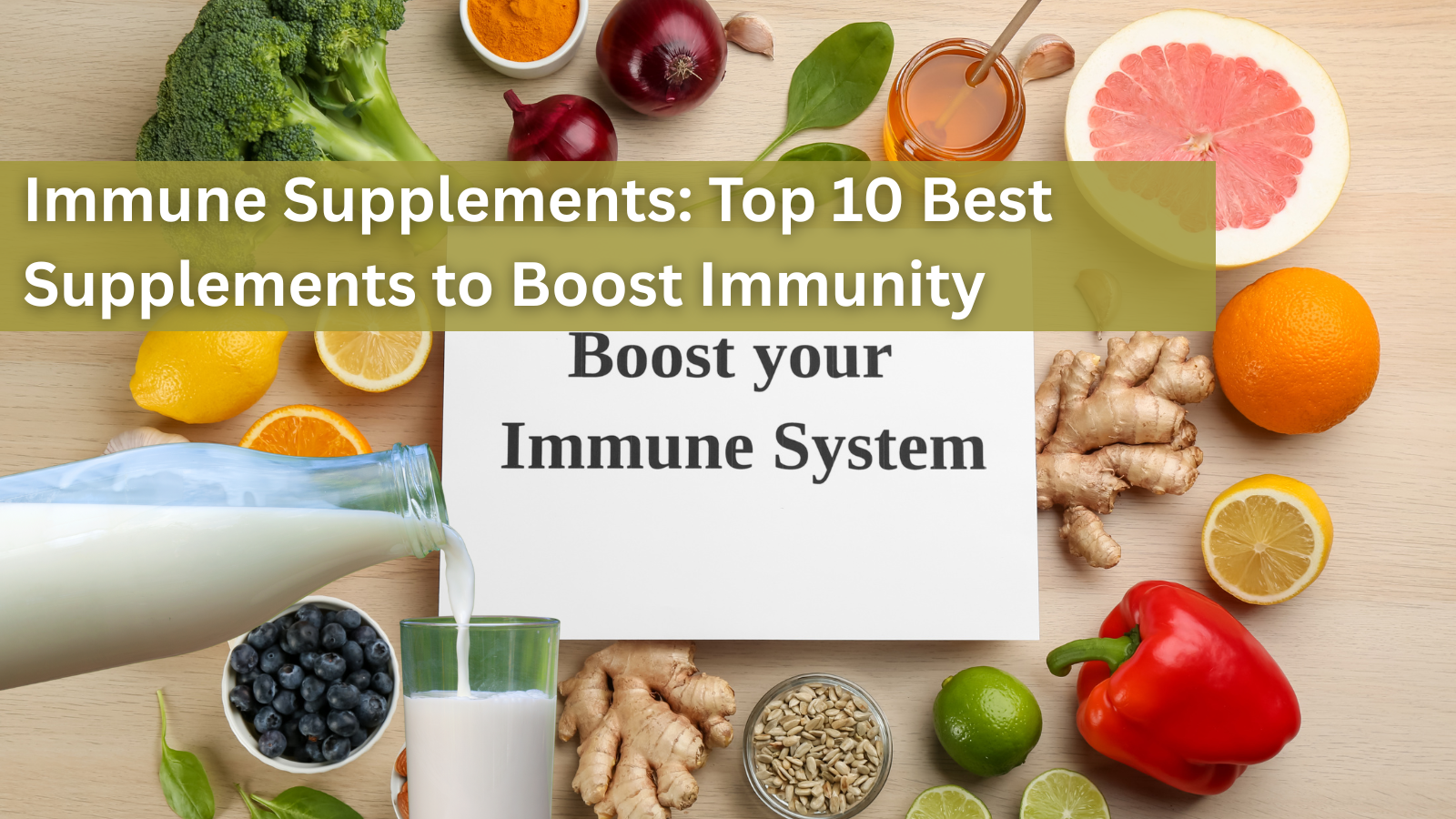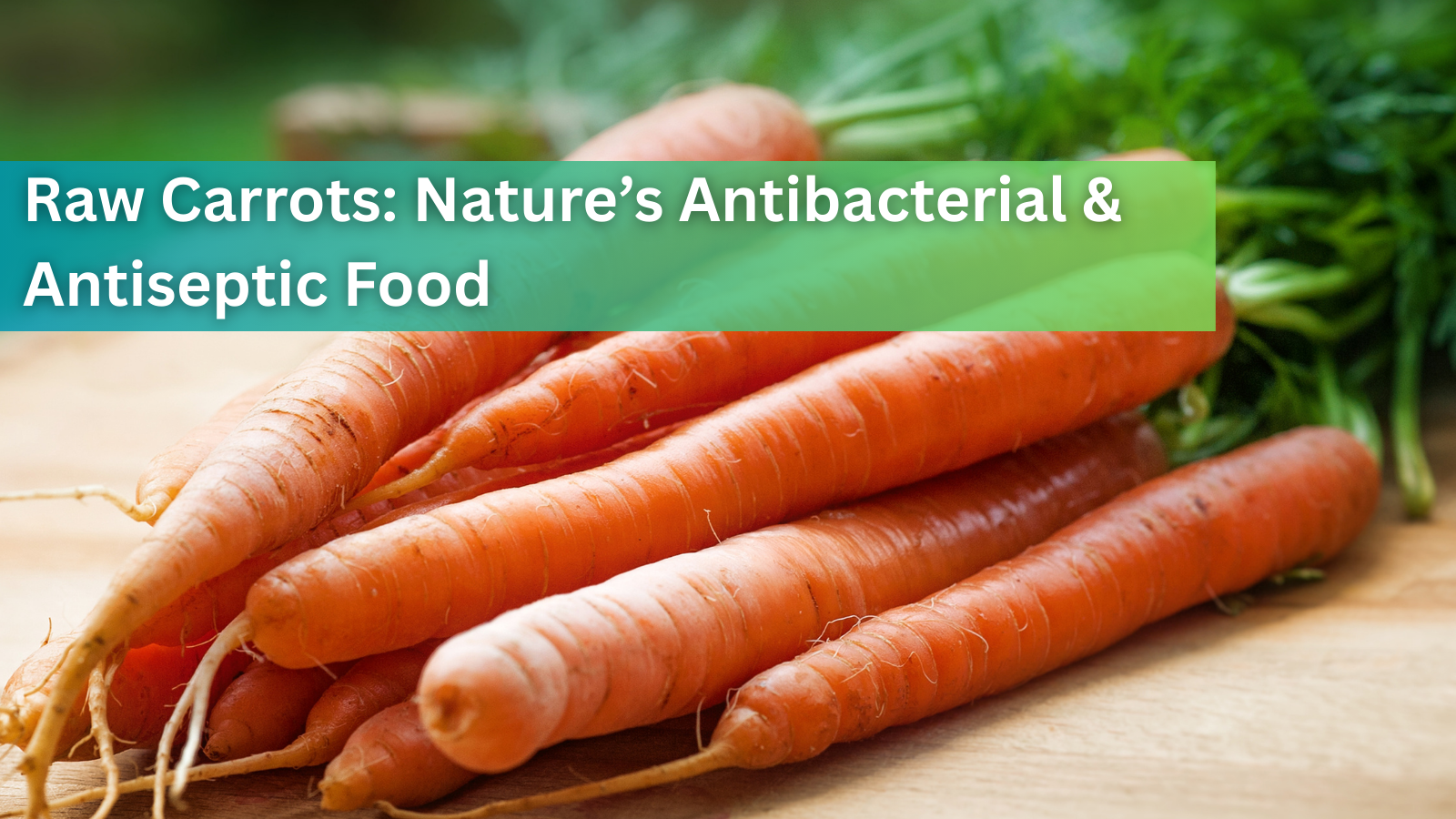Toxicity of Artifical Dyes in Our Food and Clothing

Azo dyes are synthetic pigments widely used in various industries, such as food, pharmaceuticals, and clothing, but their potential health impacts have raised significant concerns.
Which are the Most Consumed Dyes and Where are they Found?
The following studies collectively underscore the potential health hazards posed by azo dyes, necessitating ongoing research and regulatory scrutiny. Dr. Clark’s testing of patients found that these dyes were highly toxic, and should be eliminated from all sources. The most prevalent food sources of artificial food colorings are products like gum, candy, jelly, ice cream, chips, and beverages like juice. Two of the most highly consumed dyes are Carmosine and Sunset Yellow. The reason for these two are used specifically is likely the popularity of orange sodas and other orange or yellow used in beverages, since this combination increases the intensity of the color. In an animal investigation, they found that these two dyes were toxic to the liver and immune system (10).
List of studies that highlight the effects and harms of azo dyes on the human body:
- Azo dyes and human health: A review
- This review discusses the biotransformation of azo dyes into aromatic amines within the body, which can have harmful effects on human health1.
- Azo dyes and their metabolites: does the discharge of the azo dye into water bodies represent human and ecological risks
- This study focuses on the ecological and human health risks associated with azo dye CI Disperse Blue 291, demonstrating dose-dependent adverse effects2.

- Microbiological, histological, and biochemical evidence for the adverse effects of food azo dyes on rats
- This research highlights the negative impact of food azo dyes on activity and attention in children, as well as adverse effects on body weight and metabolic processes in rats3.
- Toxicological effects of food additives azo dyes
- This study evaluates the toxicological endpoints of azo dyes, showing that they can induce various toxic effects despite being metabolized mainly in the liver by azo reductases and not accumulating in the body4.
- A review of environmental impact of azo dyes
- This comprehensive review examines the environmental and human health impacts of soluble azo dyes, noting that these dyes can enter the human body and cause various toxic effects5.
- Effect of food azo dyes tartrazine and carmoisine on biochemical parameters related to renal, hepatic function, and oxidative stress biomarkers in young male rats
- This study assesses the toxic effects of tartrazine and carmoisine, two commonly used food azo dyes, on renal and hepatic functions and oxidative stress biomarkers in rats6.
- Risk assessment of azo dyes as food additives: Revision and discussion of data gaps toward their improvement
- This risk assessment discusses the adverse effects of azo dyes as food additives, emphasizing the need for further research to understand their toxicological profiles better7.
- A short-term study in the pig of the effects on the liver and on the blood of eight azo dyes
- This short-term study investigates the effects of various azo dyes on the liver and blood of pigs, revealing subtle yet significant impacts on erythrocytes and other blood parameters8.
For Azo dyes, the main carcingeons are the aromatic amines. Here is a list of the carcinogens and their classification:

One group of researchers developed a method for detecting banned pigments in cosmetic products. The write that:
“…previous research indicates that around 60–70 % of azo dyes are toxic, carcinogenic, and resistant to conventional physicochemical treatments [6,9]. Their characteristic chromophore azo groups can be reduced to aromatic amines, leading to mutagenic, genotoxic, and carcinogenic effects [6,10]. Anthraquinone dyes, despite being widely used, are considered highly toxic, although research on their biotransformation and toxicity of anthraquinones is limited [11]. Triarylmethane-based dyes, known for accumulating on and penetrating the skin, can severely impact metabolism and prove carcinogenic if ingested or inhaled [12,13]. Additionally, xanthene dyes make the skin rough by reacting with skin proteins [14].” (9).
Given this research, it is recommended to remove all dye-containing products, including soaps, clothing, food and medicaitons containing these dyes. For many os us, we have accumulated dyes over a lifetime, and likely are at the upper limit of what our bodies can handle. As we age, we produce less of the enzymes needed for detoxification, and can even become allergic to perviously non-allergenic substances. One of the main problems with dyes is that they may not have easily identifiable symptoms.
How to Remove Azo-Dyes from the Body:
Essential Supplements:
- Vitamin B2 - Take 300 mg (2 capsules) five times a day.
- Coenzyme Q10 - Take 400 mg (1 capsule) five times daily.
- Rosehip, Hydrangea, and Selenium - These should be taken together to nourish white blood cells (WBCs).
Detox Programs:
- Kidney Herb Program - Helps draw toxins into the bladder for excretion.
- Homeography - Targets specific organs to remove dyes
Detox Methods:
- Quick Liver Cleanse - Or follow a full liver cleanse protocol.
- Thioctic Acid - Take 1 capsule five times daily.
- Milk Thistle Seed - Take 1 capsule five times daily.
- Vitamin C - Include in your daily regimen.
References
- Azo dyes and human health: A review ↩
- Azo dyes and their metabolites: does the discharge of the azo dye into water bodies represent human and ecological risks ↩
- Microbiological, histological, and biochemical evidence for the adverse effects of food azo dyes on rats ↩
- Toxicological effects of food additives azo dyes ↩
- A review of environmental impact of azo dyes ↩
- Effect of food azo dyes tartrazine and carmoisine on biochemical parameters related to renal, hepatic function and oxidative stress biomarkers in young male rats ↩
- Risk assessment of azo dyes as food additives: Revision and discussion of data gaps toward their improvement ↩
- A short-term study in the pig of the effects on the liver and on the blood of eight azo dyes ↩
- Woo, I. S., Kim, Y. K., Kim, H. I., Choi, J. D., & Han, K. M. (2024). Characterization of banned colorants in cosmetics: a tandem mass-based molecular networking approach. Journal of Chromatography A, 1724, 464928.
- https://researcherslinks.com/nexus_uploads/files/JAHP_9_s1_80-86.pdf
3 comments

September 27, 2025
Immune Supplements: Top 10 Best Supplements to Boost Immunity
Are you looking for effective ways to enhance your body’s natural defense? Immune supplements have become popular choices to support the immune system booster function, especially in times of increased illness risk. With so many products...
Read more
September 27, 2025
Cell Phone and WiFi Safety: How to Prevent and Treat EMF Damage and Electrosensitivity
Electrohypersensitivity (EHS), often called electrosensitivity, has been a polarizing and increasingly relevant issue over the past decade and a half. Since the number of people identifying with these symptoms continues to grow exponent...
Read more
September 27, 2025
Raw Carrots: Nature’s Antibacterial & Antiseptic Food
For most of us, carrots are simply a crunchy snack or a source of vitamin A. But according to researcher Ray Peat, PhD, raw carrots offer something more unusual: they act as a kind of natural antiseptic inside the gut, helping to contro...
Read more




Sherry: You have been added. Thanks for subscribing!
Holly: This is a great question, and most of these supplements are recocomended to be taken as long as you might have exposure. THe exception is CoQ10, should be lowered to a maintanance dose after some time. Also, experts reccomend not to take CoQ10 supplements without first speaking with your primary care provider if you:
have heart failure
have liver problems
have diabetes
are pregnant
are breastfeeding
take blood thinners
take thyroid medications
receive chemotherapy
Please add me to you mailing list
Hello,
Thank you for your article concerning toxic dyes. The article gives you a list of supplements to take to remove dies from your body, but it doesn’t tell you how long of a period of time to take them?
Essential Supplements:
Vitamin B2 – Take 300 mg (2 capsules) five times a day.
Coenzyme Q10 – Take 400 mg (1 capsule) five times daily.
Rosehip, Hydrangea, and Selenium – These should be taken together to nourish white blood cells (WBCs).
Leave a comment